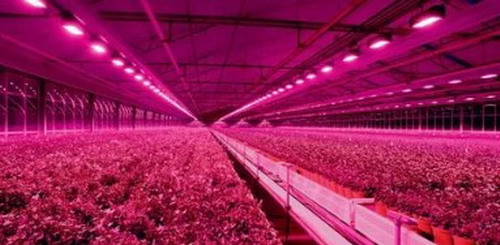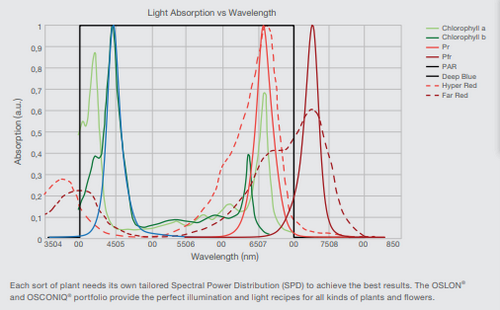The global population is increasing and the area of arable land available is decreasing. The scale of urbanization is increasing, and the transportation distance and transportation cost of food are also rising accordingly. In the next 50 years, the ability to provide enough food will become a major challenge. Traditional agriculture will not be able to provide sufficient healthy food for future urban residents. In order to meet the demand for food, we need a better planting system.
Urban farms and indoor vertical farms provide good examples to solve such problems. We will be able to grow tomatoes, melons and fruits, lettuce and so on in big cities. These plants mainly need water and light supply. Compared with traditional agricultural solutions, indoor planting can greatly increase energy efficiency, so as to finally cultivate vegetables and fruits in metropolis or indoor soilless environment all over the world. The key to the new planting system is to provide enough light for plant growth.
LED can emit narrow spectrum monochromatic light in the range of 300 ~ 800nm of plant physiological effective radiation. Led plant lighting adopts semiconductor electric light source and its intelligent control equipment. According to the light environment demand law and production target requirements of plant growth, it uses artificial light source to create a suitable light environment or make up for the deficiency of natural light, and regulate the growth of plants, so as to achieve the production goal of "high quality, high yield, stable yield, high efficiency, ecology and safety". LED lighting can be widely used in plant tissue culture, leaf vegetable production, greenhouse lighting, plant factory, seedling factory, medicinal plant cultivation, edible fungus factory, algae culture, plant protection, space fruits and vegetables, flower planting, mosquito repellent and other fields. In addition to being used in indoor soilless cultivation environments of various scales, it can also meet the needs of military border posts, alpine areas, areas lacking water and electricity resources, home office gardening, marine astronauts, special patients and other areas or groups.
In the visible light, the most absorbed by green plants are red orange light (wavelength 600 ~ 700nm) and blue violet light (wavelength 400 ~ 500nm), and only a small amount of green light (500 ~ 600nm). Red light is the light quality that was first used in crop cultivation experiments and is necessary for the normal growth of crops. The amount of biological demand ranks first among all kinds of monochromatic light quality and is the most important light quality in artificial light sources. The substances generated under red light make plants grow tall, while the substances generated under blue light promote the accumulation of protein and non-carbohydrates and increase plant weight. Blue light is the necessary supplementary light quality of red light for crop cultivation and the necessary light quality for normal crop growth. The biological amount of light intensity is second only to red light. Blue light inhibits stem elongation, promotes chlorophyll synthesis, is conducive to nitrogen assimilation and protein synthesis, and is conducive to the synthesis of antioxidant substances. Although 730nm far red light has little significance for photosynthesis, its intensity and its ratio to 660nm red light play an important role in the morphogenesis of crop plant height and internode length.
Wellway uses OSRAM's horticultural LED products, including 450 nm (dark blue), 660 nm (ultra red) and 730 nm (far red). OSLON ®, the main wavelength versions of the product family can provide three radiation angles: 80 °, 120 ° and 150 °, providing perfect lighting for all kinds of plants and flowers, and the light can be adjusted according to the specific needs of various crops. The waterproof batten with gardening LED light beads has the characteristics of stable and reliable quality, long life, efficient heat management, high luminous efficiency, excellent ability of IP65 waterproof and dustproof, and can be used for large-scale indoor irrigation and planting.
OSRAM OSLON、OSCONIQ Light Absorption vs Wavelength
(Some pictures come from the Internet. If there is infringement, please contact us and delete them immediately)
Post time: Apr-06-2022

